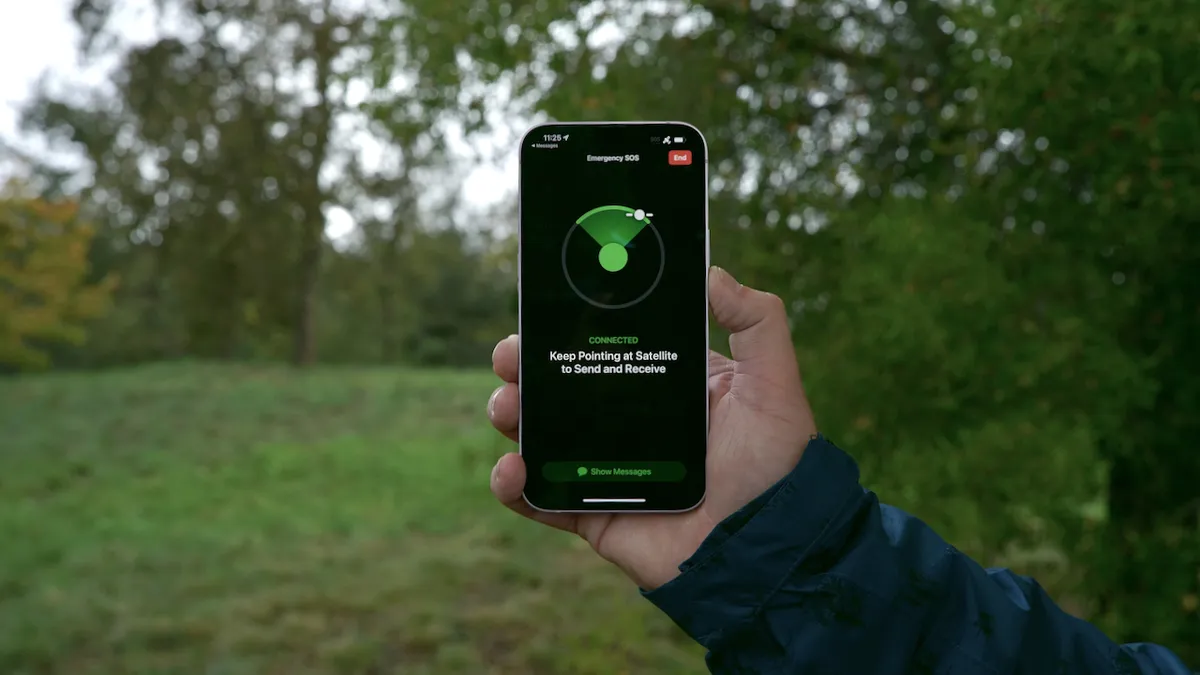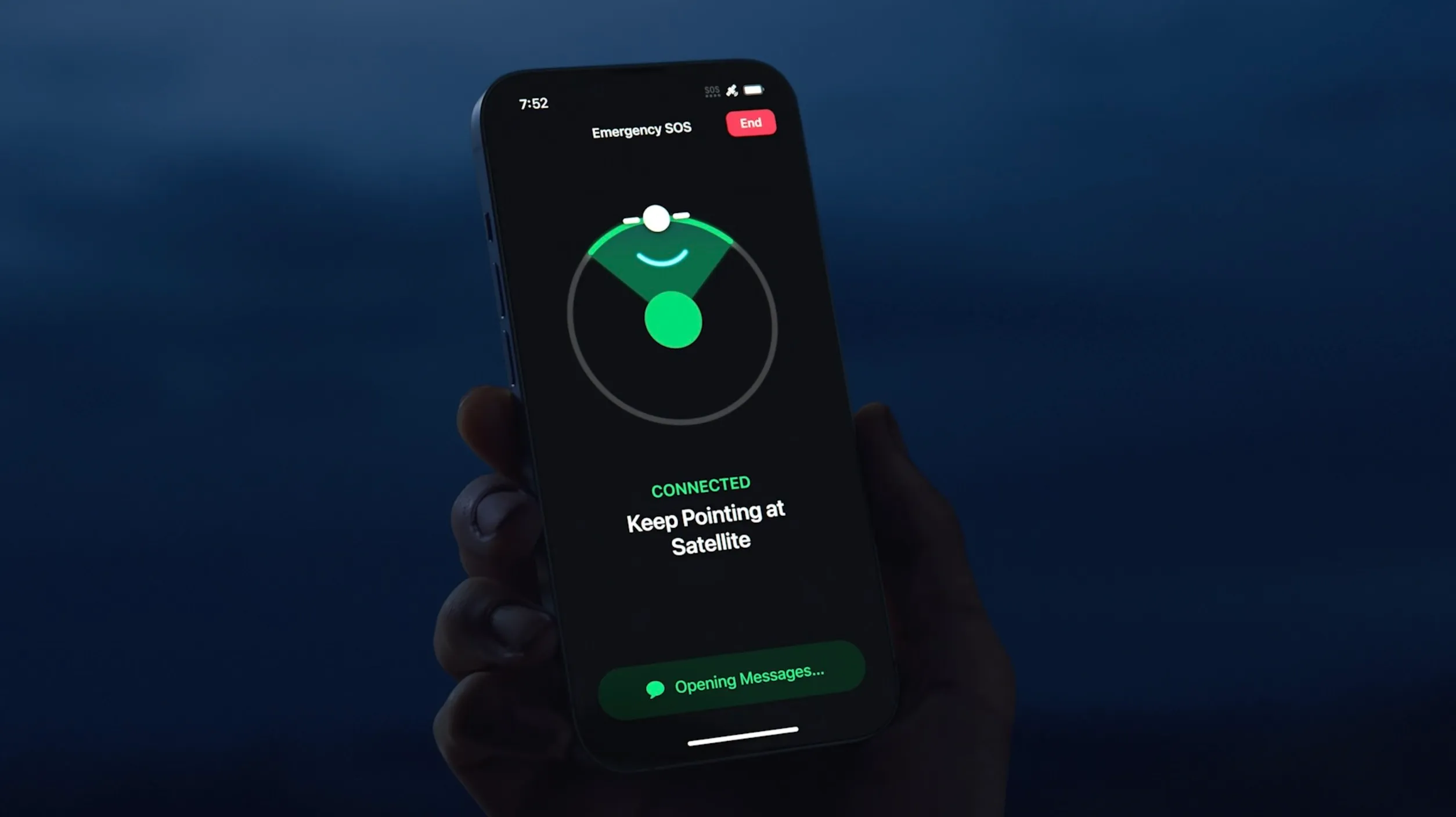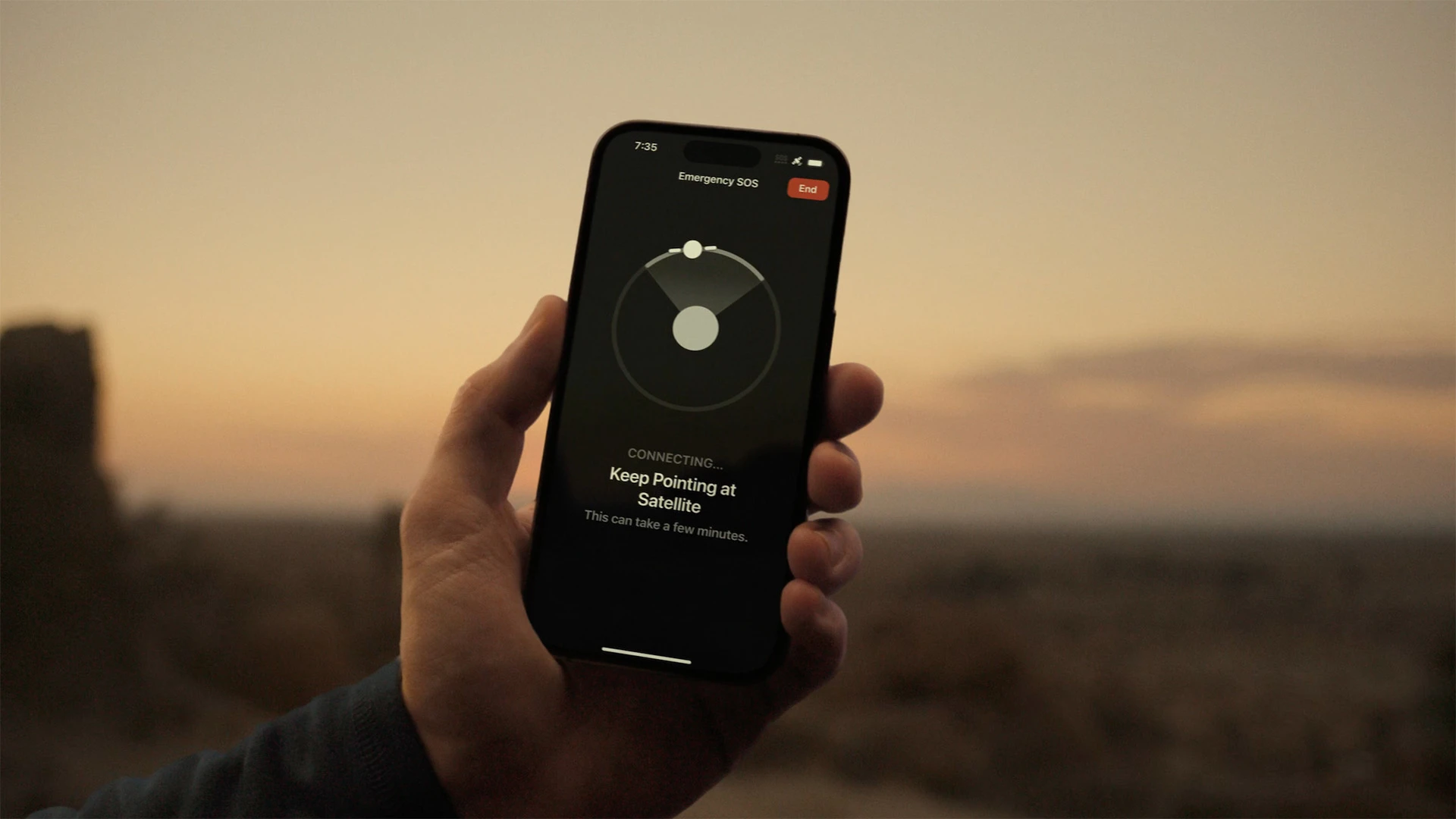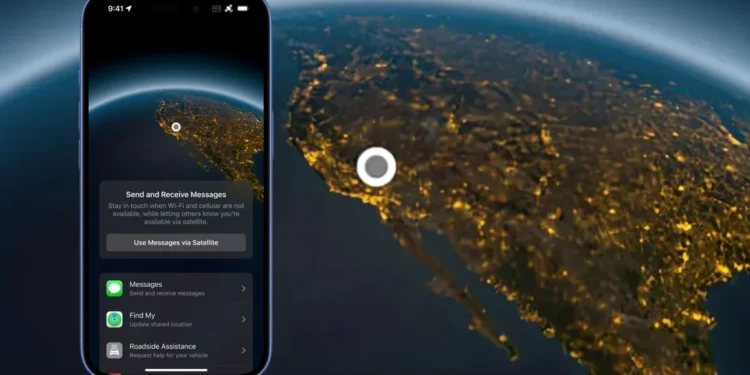In a world increasingly dependent on technology, the role of mobile phones has transcended mere communication; they have become lifelines during emergencies. The recent experience of Jeff Twersky and his family during Hurricane Helene illustrates this perfectly. When traditional methods of communication failed, it was the innovative satellite mode on Twersky’s iPhone that made all the difference.

The Calm Before the Storm
Twersky, a retired trial lawyer from Vashon Island, Washington, was in Weaverville, North Carolina, with his family and friends to celebrate a birthday and explore the scenic beauty of the Appalachian Mountains. However, the celebration took an unexpected turn as Hurricane Helene bore down on the region, leading to power outages and the loss of cell service.
As the storm ravaged the area, Twersky and his companions found themselves isolated, cut off from the outside world.
“The phone wasn’t working,”
he recalled, emphasizing the growing frustration as days passed without any connection. Roads were blocked, supplies dwindled, and the situation grew dire. With cell service completely out, reaching anyone became a daunting challenge.
A Ray of Hope: Satellite SOS
On the night of September 28, after several failed attempts to reconnect, Twersky ventured outside, hopeful that he might have better luck. To his astonishment, his iPhone 16 switched to satellite mode, a feature he was previously unaware of.
“I managed to get ahold of my daughter in San Francisco,”
he said, relief evident in his voice.
The satellite mode, or “Satellite SOS,” has been integrated into newer mobile phone models, enabling users to send texts even when cellular coverage is nonexistent. This feature has been pivotal in various scenarios, especially during natural disasters like Hurricane Helene, which left thousands without access to vital communication.

How It Works: The Technology Behind the Lifeline
The satellite mode is not exclusive to Apple; Google has introduced a similar feature in its Pixel 9 models. According to John Wojewoda, AT&T’s assistant vice president of Tower Strategy and Roaming,
“This new technology is integrated into the phone so that if there is no cellular network available, they can fall back to a satellite connection.”
While satellite connectivity is primarily limited to text messaging and requires a clear line of sight to the sky, it proved invaluable during the storm. Twersky emphasized that once he reached out to his daughter, they received critical updates about the hurricane’s impact and the condition of the surrounding roads, which were otherwise inaccessible due to outages.
The Lifesaving Connection
Twersky described the satellite connection as
“a lifesaving thing.”
After three days without sufficient food or water, and with medications running low, the ability to communicate with family was crucial.
“At that point, we basically had no food left. We were running out of water,”
he recounted, underlining the urgency of their situation.
The group’s predicament was not merely a tale of survival but also a testament to community resilience. As they cleared fallen trees and debris, Twersky noted,
“We saw a side of community that you don’t always see… the way that the community got together and helped everyone was just incredible.”
Industry Response: Evolving Technology for a Changing World
As technology advances, so does the necessity for robust communication systems, particularly in light of climate change and increasing natural disasters. Wojewoda explained that while the satellite SOS feature is currently limited,
“the technology is evolving.”
AT&T, in partnership with organizations like Argonne National Laboratory and FEMA, is taking proactive steps to enhance network resilience and response capabilities.
These companies are investing millions into backup systems to keep networks operational during outages. The ultimate goal is to create a seamless experience for users; if terrestrial networks fail, devices would automatically connect to available satellite services.

The experience of Jeff Twersky and the technological advancements that facilitated their communication during Hurricane Helene underscore the importance of innovation in emergency situations. As companies like AT&T and Verizon explore new solutions and partnerships, the hope is to create a future where reliable communication is always within reach, even in the most challenging circumstances.
In the wake of Hurricane Helene, Twersky’s story serves as a reminder of the human spirit and the powerful role technology plays in fostering connection and resilience when it matters most.










